Six interrelated principles guide our work in the Understanding-Based approach to mediation.
• understanding – We rely in the power of understanding rather than coercion or persuasion;
• responsibility — The primary responsibility for resolving the dispute is with the parties;
• working together – The parties are best served by making decisions together — with the support of the mediator.
• proceeding by agreement – The mediation proceeds by the parties, and mediator, choosing together how to proceed step by step.
.• allowing tension – Tension, which is inevitable in conflict, presents an opportunity rather than an obstacle to working creatively with and through the conflict.
• going under the conflict — Conflicts are best dealt with by working to uncover what lies underthe level at which the parties experience the problem.
Over time we are exploring each of these in the Newsletter. We have previously commented on the first — Understanding. Here we address Party Responsibility.
In the traditional law-based and court-based model of dispute resolution, the judge is responsible for decision making and the lawyers for presenting the legal arguments to the judge on behalf of their clients. The judge’s determination is final, subject only to appeal to other judges. Arbitration has a somewhat similar responsibility structure. The disputants are not required to take their dispute to arbitration. But once they both (all) agree to do so in what is termed “binding arbitration,” the ultimate decision for the resolution of their conflict rests with the arbitrator. The parties’ lawyers make their legal arguments to the arbitrator with the arbitrator having the responsibility and power to decide, and ultimately deciding, much like the judge in the courtroom.
As mediation has become more known as an alternative to court or arbitration, the “caucus approach” has become increasingly used. In this approach, the mediator meets with each side separately, a form of shuttle diplomacy, going back and forth between them, focusing on the parties differing positions and the concessions they might be willing to make as she or he seeks to craft a solution somewhere between their respective positions. The mediator is also likely to make a mediator’s proposal and work separately with each party to compare that proposal with the outcome, and attendant costs, if the parties were to reject that proposal and go to court. In this approach, it is obviously the mediator who has the whole picture and the responsibility for fashioning “the deal” which both sides, perhaps with some urging from the mediator, are persuaded to accept.
In the Understanding-Based approach, we view the parties as having the responsibility – together – to work toward and decide the resolution of their conflict. It is the parties’ conflict, not ours; and we support them in recognizing and taking responsibility for their conflict as theirs. For the parties to take responsibility means developing the shared view that it is their conflict. They hold the power and the responsibility, together, for resolving their conflict.
To take responsibility in this way is challenging for both the parties and the mediator. But it is as rewarding as it is challenging. It is challenging for the parties because taking responsibility for ourselves in the midst of the many demands of our lives is challenging of itself. Taking responsibility individually and together with another, or others, with whom we are in conflict is ever so much more so. For when people are caught in the grasp of conflict, they are easily trapped in a mutually reinforcing set of attitudes that they are right and the other wrong — what we term “the conflict trap.” They readily feel – and are supported in feeling by the world around them – that the only way out is to win or to give in. The only way out is that the other party admits that he, she, they are wrong or that a third party convinces them or decides for them. Taking responsibility with them? Now there’s a challenge.
And it is also challenging for the third party, for the mediator, because we learn from an early age, and the lesson is reinforced every day, that a third party’s job is to persuade, to pressure, to decide, to enforce. But the possibility is there. And embracing it is the challenge of the understanding-based approach.
Indeed, stressing the importance of party responsibility does not mean that there is no mediator responsibility – that the mediator is responsibility-free. Indeed, the mediator’s responsibility is strong and demanding. It is precisely the mediator’s responsibility to support the parties to recognize, assume and exercise their individual and shared responsibility for working together toward a resolution of their conflict that can work for all. It means the mediator supporting the parties each in asserting their own view while also being open to hearing that of the other – as they develop ways to find their solution to their conflict. And it means the mediator doing so with clarity, with understanding, with care and with compassion.
And that leads to the next of our inter-related core principles — Working Together – which we will explore in a future Newsletter.
